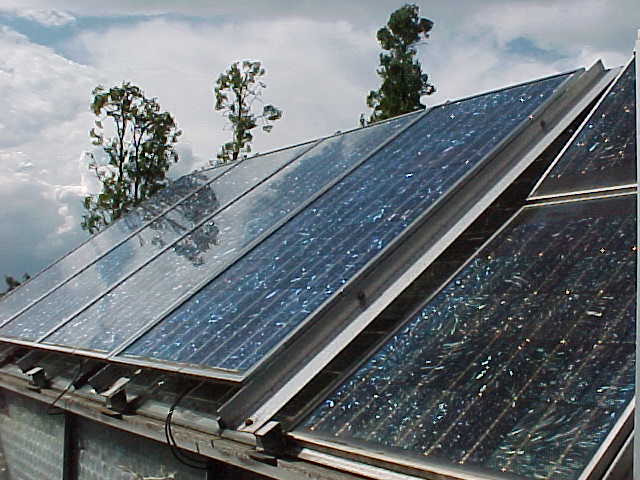 Algae blooms have been haunting the city of Venice and its canals for hundreds of years. Historical records show that a 17th century doge once sent 15,000 men with pitchforks to clear the slimy green plants from his lagoon. More recently in 1989, the city did not act quickly enough to clear its waters of a new invasive species of Asian algae, and as the bloom overran the seaport, it deoxygenated the water, decimating native populations of marine life, before decaying itself. According to one biologist studying the phenomenon, the resulting yellow-brown scum spread up the Adriatic like “a cappuccino of cosmic proportions.” Another, less dramatic bloom occurred in 2006 as yet another species invaded the lagoon. When it comes to algae, the only thing that Venetian authorities can be certain of is the fact that this problem is not going away.
Algae blooms have been haunting the city of Venice and its canals for hundreds of years. Historical records show that a 17th century doge once sent 15,000 men with pitchforks to clear the slimy green plants from his lagoon. More recently in 1989, the city did not act quickly enough to clear its waters of a new invasive species of Asian algae, and as the bloom overran the seaport, it deoxygenated the water, decimating native populations of marine life, before decaying itself. According to one biologist studying the phenomenon, the resulting yellow-brown scum spread up the Adriatic like “a cappuccino of cosmic proportions.” Another, less dramatic bloom occurred in 2006 as yet another species invaded the lagoon. When it comes to algae, the only thing that Venetian authorities can be certain of is the fact that this problem is not going away.
In the past, Venice has done its best to simply scoop as much of the aquatic forest out of its waters as quickly as possible — a very difficult problem given that the Venetian lagoon is highly polluted by fertilizer runoff and some of these species can double in size every 15 days. They have disposed of the tons of plant matter as best they could, sometimes simply dumping it and sometimes even shipping it back to farmlands further inland to be used as fertilizer.
 But the newest plan just might solve any number of problems. In collaboration with Enalg, the Venice seaport will build a power plant that uses algae as fuel. They hope to cultivate the algae in laboratories and then place it in large plastic cylinders with the addition of water, carbon dioxide, and sunlight to convert it to usable biomass. Fuel produced from this treated biomass will then turn turbines, producing electricity. The 40 megawatt plant should be operable by 2011.
But the newest plan just might solve any number of problems. In collaboration with Enalg, the Venice seaport will build a power plant that uses algae as fuel. They hope to cultivate the algae in laboratories and then place it in large plastic cylinders with the addition of water, carbon dioxide, and sunlight to convert it to usable biomass. Fuel produced from this treated biomass will then turn turbines, producing electricity. The 40 megawatt plant should be operable by 2011.
At a cost of 200 million euros ($272.6 million), the plan is ambitious. The port authority even intends to pipe all carbon dioxide produced back into the process, creating a relatively self-sustaining system, to achieve zero emissions. Given that the seaport only requires 7 megawatts of power to operate, the remainder can be sold to ships docked in the harbor.
No doubt, problems will arise as they enact their plan. Still, in the city’s ongoing struggle to maintain its precarious balance with the environment, this time the algae might just be a boon.
Photo Credit: McPig and PaRAnOid AnDRoiD ARG at flickr





